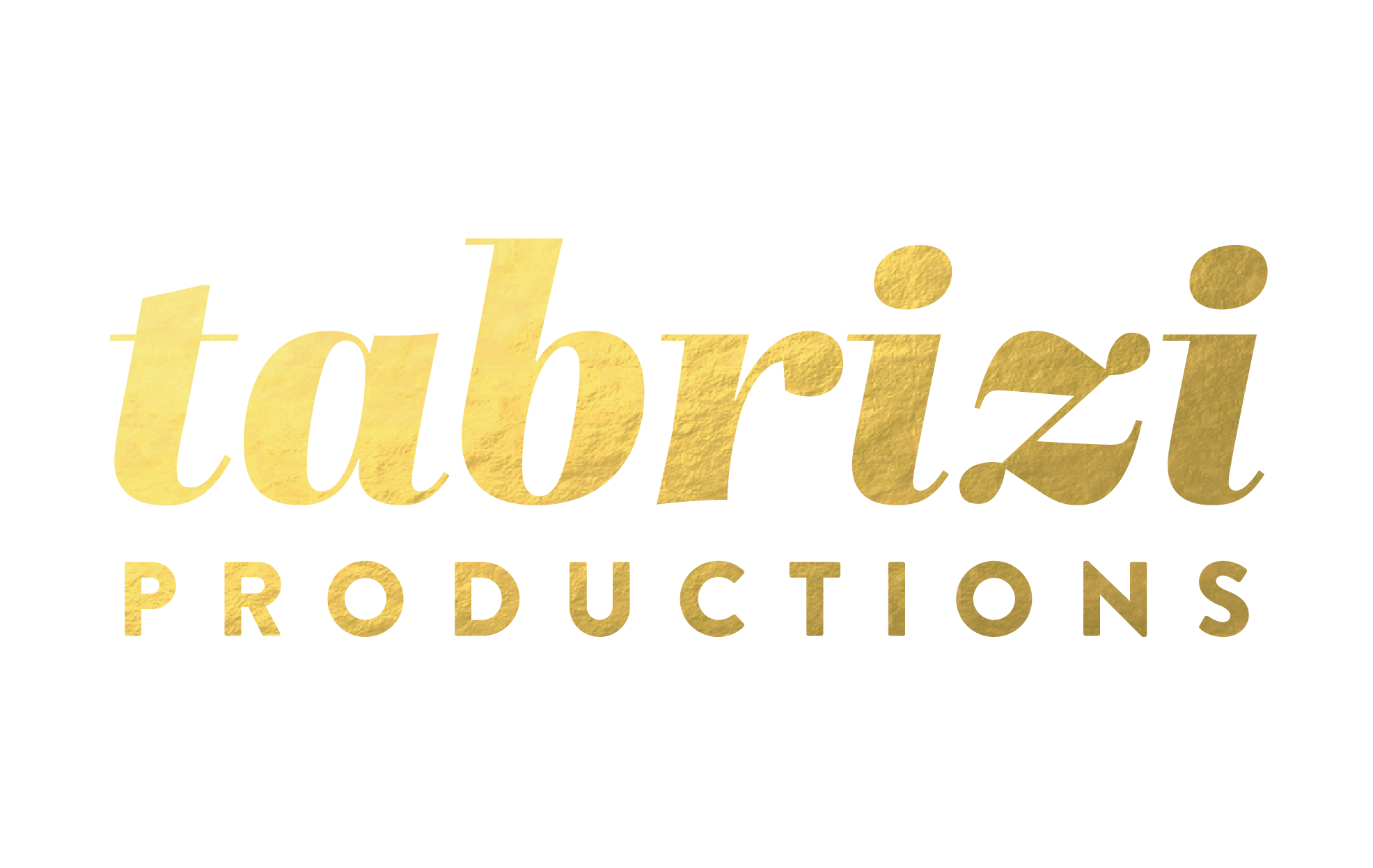Creating a video from scratch can seem a monumental task, especially if its not something you’ve done before. It can be easy to get overwhelmed, and tempting to push the project off in hopes of simply later pressing the “record” button and hoping for the best.
Fortunately, video production is easy to break down into individual tasks – and taking the time to do so will elevate your final project above and beyond most expectations.
Start With A Video Production Brief
A video production brief serves as a rundown of everything your video needs to achieve. Tackling this outline first will help guide your creative journey and keep the project on track. Start by writing a few sentences each on each of these questions:
What are the objectives of this video?
Who is the target audience, and what do we know about them?
What do we want the audience to think and feel as a result?
What is the core message behind this video?
What is our budget and deadline?
This brief should be as detailed as it needs to be, without being overly long.
Develop The Creative Approach
Is your video going to be exciting? Feel-good? Self-deprecating? Inspirational? Straight-forward informational? The aim is to use the insights you have on your target audience to build an interesting or engaging way to present your message and achieve your objectives.
Have a good, old-fashioned brainstorming session where every idea is considered before being shaved down into a select few. Nothing should be considered too out there, and you may even surprise yourself with what half-baked ideas turn into strong contenders that:
Take inspiration from other videos
Use a unique approach to stand out from other videos
Reflect true insights into its target audience
Are not afraid to be different or strange (if appropriate to the brief)
Write The Script
The script of your video should match, or be heavily influenced by the creative approach your video production team has picked. It will act as the blueprint for your video, and nearly everything that makes it into the final script will also make it into the final video.
A great script should meet the following criteria:
Be human and natural
Be engaging, interesting and emotive to your target audience
Be simple and easy to understand and follow
Be short and to the point
Sound good when read aloud
Convey all the necessary information
Communicate your core message
The script notes are also where you should include details like specific locations, actors, props and actions if needed.
Build A Storyboard
This part is optional, but can be helpful if you have specific visuals in mind for your video production. A storyboard or scamp can provide clear, visual portrayals or the lighting, coloring, framing, transitions and other aspects of the final video. This can be hand drawn, us by putting together a collection of stock photos and video which match the style and tone you are aiming for.
A storyboard lays out every shot of the video in detail, and is followed closely during the video production. A scamp, on the other hand, acts as more of a rough outline to provide visual inspiration on the look and feel of the final product.
Most of the time, a storyboard or scamp is only necessary for highly-detailed videos or created out of personal preference. Many videos can be shot exclusively using a detailed script as listed above.
Plan And Schedule A Time To Film
This is the last big hurdle before filming can actually begin. During the planning phase of video production, everything related to the shoot is organized and scheduled including:
Scouting and securing a location (indoors or outdoors)
Getting a crew together: directors, camera operators, lighting and sound technicians, runners
Casting actors or presenters (either professionals or people on your team)
Organizing all equipment
Ensuring makeup and costume is present if needed
Acquiring all necessary licenses and permissions
Putting in place contingency plans if anything goes wrong
Writing the call sheet, or timed plan of filming
If you’re working with a video agency to produce your video, this is the step you will need to have the least involvement with.
Shoot The Footage
If you’ve built a strong script and a detailed storyboard, shooting the footage shouldn’t be hard! Check out our previous blog series on how to Get Professional Video Visuals With Ease And Affordability for a more in-depth explanation, but here are the highlights:
Framing:
Use the rule of thirds
Create symmetry
Avoid shooting at eye level
Have a theme
Shoot with intention
Lighting:
Two or three point lighting setup
Natural outdoor lighting
Wardrobe:
Jewel tones
Avoid black
Simple fabrics instead of complex patterns
Keep it timeless
Extra Footage:
B-roll or wallpaper footage
Edit Your Video Content
Once the filming is complete, it’s time to sort through the (potentially) hours of video you captured. Pick the best shots that accurately reflect your storyboard or scamp and cut them together so that your core message shines through. Make sure that your choices are also:
As short as possible while including all relevant information
Make the video easy to understand and follow
Are visually interesting
Get across the core message of your video brief
If you need to purchase a video editing software to get started, here is a list from Tom’s Guide on The Best Video Editing Software Under $100. Have the software but need to brush up on your techniques or learn some new ones? Feedspot has put together the top 10 creators of video production tutorials on YouTube.
Add Graphics and Special Effects
Not every video production requires them, but sometimes you may want to include generated graphics and other special effects that help add another level of depth to your video. Anything from a background imposed over green screen, to animated characters, to graphs displaying facts and figures should be added at this stage.
Just like editing the footage, all additions should follow the script and storyboard closely to ensure they match everything else seamlessly.
Mix Music And Soundtrack
As important as the visuals are for a good video, audio can not be discounted for its role. A good soundtrack must help achieve the desired impact on the target audience, and match the tone of the rest of the video. Sound effects and other noises can also be added in to create a more realistic and engaging scene.
Not every video needs a famous music track, but subtle background music can help brighten up almost any video and gloss over any awkward pauses or edits.
Any music added during video production should:
Complement the mood and tone of the video
Help to get across your core message
Be appropriate for your target audience
Match the pace of the edit
Generally you will have to buy a license, sign up for a subscription package or pay fees for the music you want in your video. You can browse through thousands of tracks before making a final decision at sites like PremiumBeat, Epidemic Sound and Envato.
Record The Voiceover
A voiceover isn’t necessary for every video, but you may choose to have one for part or all of yours – depending on the topic. If you choose to narrate parts of your video, make sure your speaker(s):
Appeal to your target audience
Can read the script in a way that reinforces your core message
Has a pleasant sounding voice that conveys emotions well
When the voiceover is being recorded, make sure you have a recording space that is quiet with minimal echo to avoid background noise or fuzzy audio. If you can’t find anything suitable, a quick solution is to throw a heavy blanket over yourself and your equipment to deaden as much outside noise as possible.
Read the script several different ways to provide as much variation as possible when the editor needs to match the audio track with the video.
Time For Revisions
If your video production process is being held to expectations other than your own, feedback will be a critical part of your task. After showing the video, ask your reviewers for feedback that is precise and meaningful.
Bad Example: Can you make it more exciting?
Good Example: Can you choose a more upbeat piece of music and shorten some of the shots to make the action more exciting?
You may also want to limit the number of rounds of edits you are willing to make in order to prevent the reviewers from getting stuck in the minutia.
Choose Your Distribution Method
Your video production process is complete! The video has been filmed, edited and uploaded to the platform of your choice – now it’s time to distribute and promote it.
As always, keep your core message and target audience in mind when you determine where your audience will see it and how (if applicable) it ties in with your overall marketing strategy.
Some of the most common and effective ways to distribute include:
Social media seeding on sites where your target audience spend time
Using SEO to optimize your video for relevant search keywords
Reaching out to your audience's key influencers to help spread the video
Engaging in PR to promote your video content
Paying for ad spend to show the video on television or in cinemas
Incorporating the video into your email marketing
And that’s it! Make sure you keep an eye on the analytics to see how your video is spreading and determine the overall success of your video production campaign.
Let Tabrizi Help
Still not sure where to start or need some help with your video production process? Let Tabrizi Productions help! Our professional film staff can meet all your needs from original brief to final revisions. Contact us today to schedule a free 30-minute consultation.






